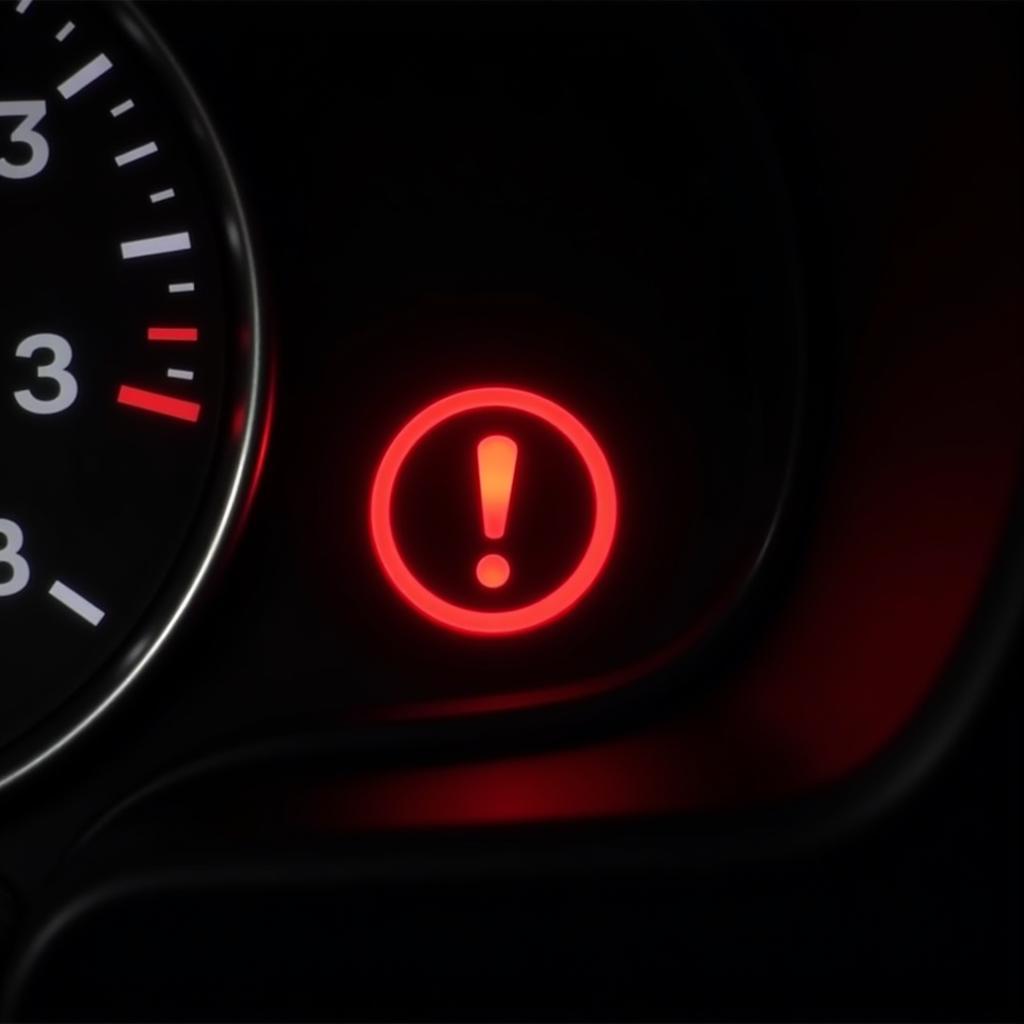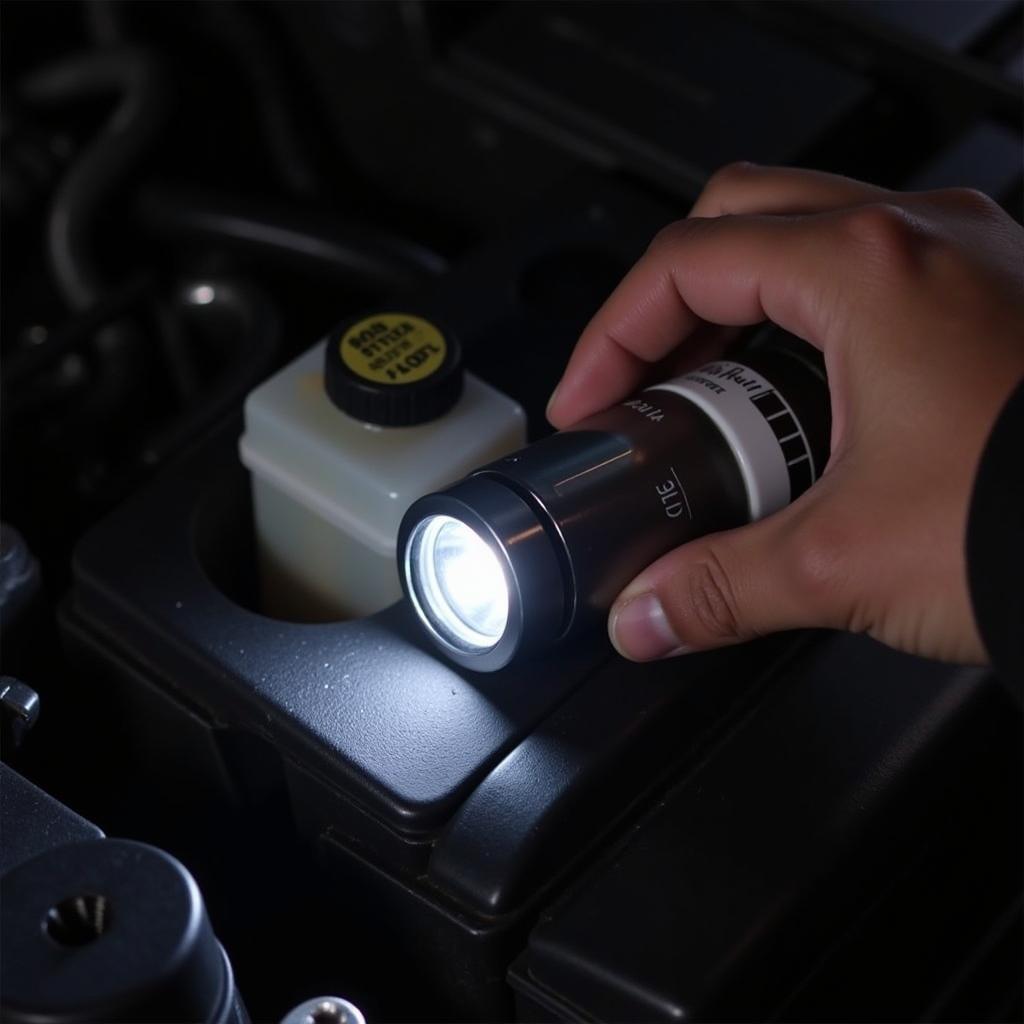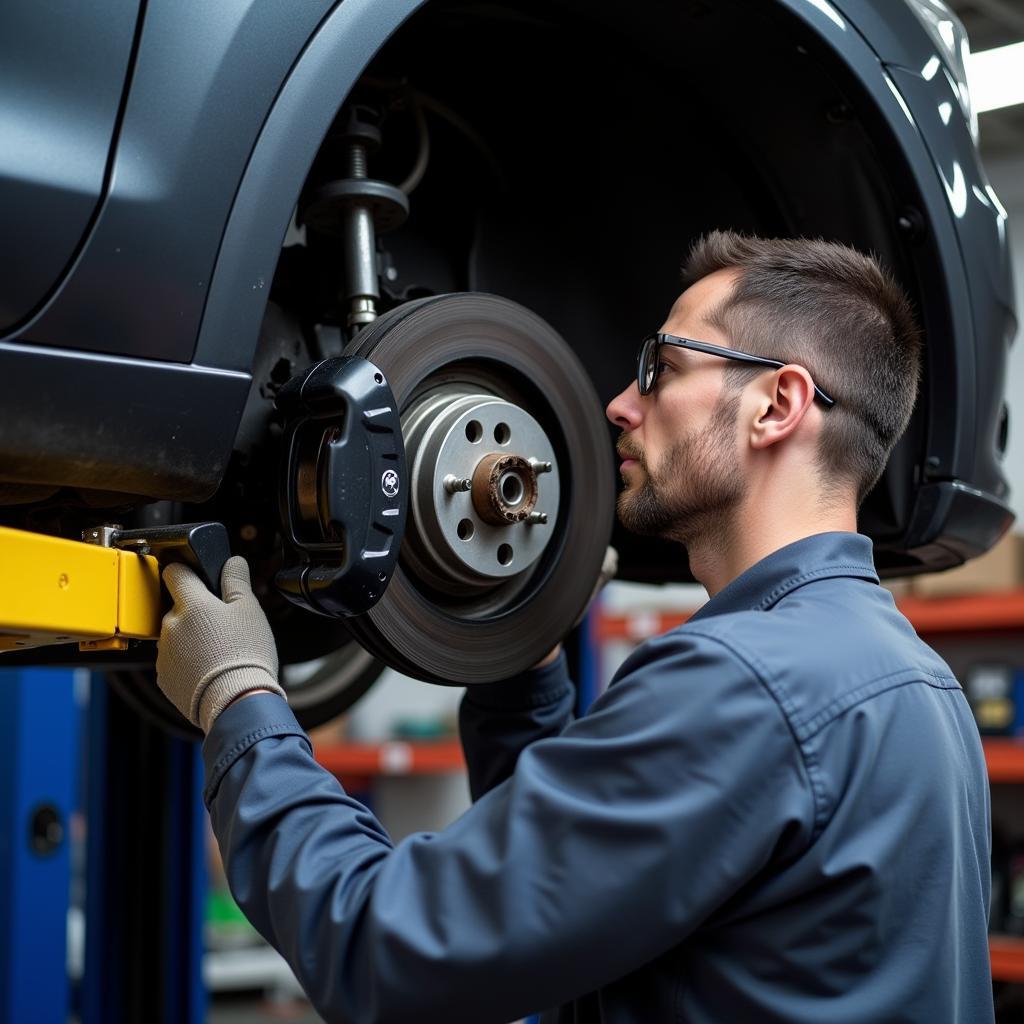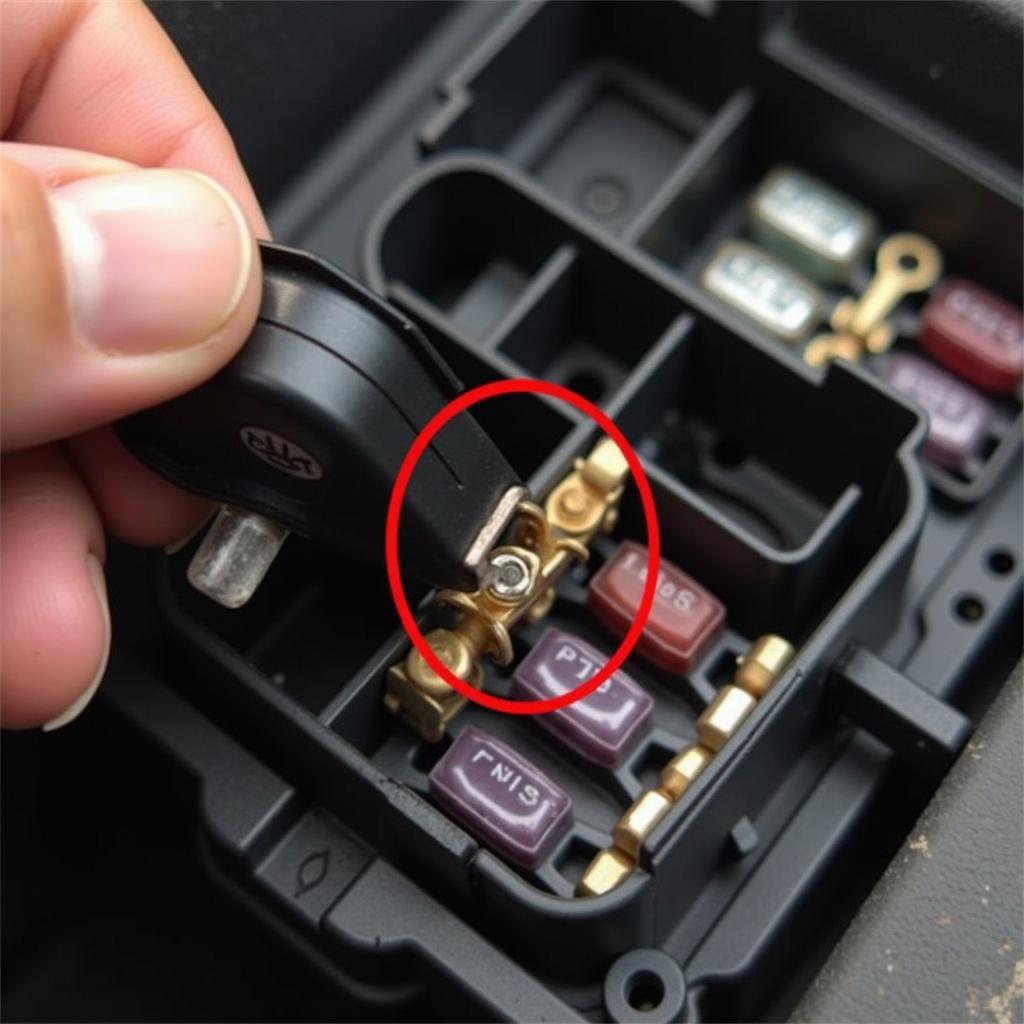The brake warning system definition encompasses a crucial network of components designed to alert you to potential issues with your vehicle’s braking system. Understanding this system is vital for ensuring your safety and preventing costly repairs. A functioning brake system is paramount to road safety, and the warning system serves as your first line of defense against potential failures. Let’s delve deeper into the intricacies of this essential safety feature.
Just after starting your car, have you ever noticed a light briefly illuminate on the dashboard, then disappear? This is often part of the brake warning system self-check, confirming it’s ready to monitor your brakes. This system doesn’t simply tell you when your brakes need replacing. It’s a sophisticated system designed to detect a wide array of potential issues, from low brake fluid to more complex electronic malfunctions. For a better understanding, let’s explore the common components and how they work together.
Components of the Brake Warning System
The brake warning system is more than just a single light. It’s a complex interplay of several key components working together to ensure optimal braking performance and safety.
The Brake Warning Light
This is the most recognizable part of the system. The brake warning light, usually a red or yellow symbol on your dashboard, is the primary indicator of a potential problem. Its illumination signals the need for immediate attention. This light can indicate a variety of issues, ranging from low brake fluid to worn brake pads or even a malfunctioning ABS system.
Brake Fluid Level Sensor
This sensor constantly monitors the level of brake fluid in the reservoir. A drop below a safe level triggers the brake warning light, alerting you to the need for more fluid. Low brake fluid can be a symptom of a leak, which needs to be addressed immediately. Understanding the brake system warning light definition involves understanding the importance of maintaining proper brake fluid levels.
Brake Pad Wear Sensors
Many modern vehicles are equipped with sensors embedded within the brake pads. These sensors detect when the brake pads have worn down to a point requiring replacement. This proactive warning prevents further damage to the rotors and ensures optimal braking performance.
ABS System Components
The Anti-lock Braking System (ABS) has its own set of sensors and components that contribute to the overall brake warning system. Malfunctions within the ABS, such as a faulty wheel speed sensor, can trigger the brake warning light. For example, a front collision warning brake error could indicate a problem within the ABS system or other related braking components.
 Brake Warning Light on a Car Dashboard
Brake Warning Light on a Car Dashboard
Why is the Brake Warning Light On?
Understanding the brake warning system definition is essential for diagnosing the underlying issue when the warning light illuminates. The brake warning light can be triggered by several factors:
- Low Brake Fluid: This is the most common cause. Check the brake fluid reservoir and top it off if necessary. However, persistently low fluid levels indicate a leak, requiring professional attention. Sometimes a brake warning light turns off when braking, which can indicate a specific type of problem within the hydraulic system.
- Worn Brake Pads: If your brake pads are worn down, the wear sensors will activate the warning light.
- ABS Malfunction: Problems within the ABS system, such as a faulty sensor, can also trigger the light. A p52121409ab brake warning light always on could be a sign of a more complex issue related to the ABS module.
- Parking Brake Engaged: In some vehicles, the brake warning light also serves as a reminder that the parking brake is engaged.
 Checking Brake Fluid Level
Checking Brake Fluid Level
What to Do When the Brake Warning Light Comes On
If your brake warning light comes on, it’s crucial to take immediate action.
- Pull Over Safely: Find a safe location to stop your vehicle and assess the situation.
- Check the Parking Brake: Ensure the parking brake is fully disengaged.
- Check Brake Fluid: Inspect the brake fluid reservoir. If it’s low, carefully add the correct type of brake fluid.
- Inspect Brake Pads: If you can visually inspect your brake pads, look for excessive wear.
- Seek Professional Help: If the light remains on after these checks, or if you notice any unusual braking behavior, immediately seek professional assistance. You can learn more about specific car models and their warning lights, like the seat leon yellow warning light, through online resources.
 Mechanic Inspecting Car Brake System
Mechanic Inspecting Car Brake System
Conclusion
The brake warning system definition goes beyond a simple light on your dashboard; it’s a vital safety net designed to keep you safe on the road. Understanding its components and the reasons behind its activation can help you address potential problems promptly and prevent more serious issues. Regular maintenance and prompt attention to any warning signs are essential for ensuring your braking system remains in top condition. Never ignore the brake warning light—it’s your car’s way of telling you something important.
FAQ
- What does the brake warning light look like? It typically appears as a red or yellow symbol on the dashboard, often resembling a circle with an exclamation point inside or the letters “ABS.”
- Is it safe to drive with the brake warning light on? No, it’s not advisable. It indicates a potential problem with your brakes, and driving could be dangerous.
- Can I top off brake fluid myself? Yes, but ensure you use the correct type of brake fluid specified in your owner’s manual. If the fluid level consistently drops, seek professional help to identify a leak.
- How often should I have my brakes checked? It’s recommended to have your brakes inspected at least once a year or as recommended in your vehicle’s maintenance schedule.
- What is the difference between the brake warning light and the ABS light? While both relate to braking, the ABS light specifically indicates a problem with the Anti-lock Braking System. The brake warning light can indicate a broader range of issues.
- What could be causing the brake warning light to stay on even after adding brake fluid? This could indicate a leak in the brake system, worn brake pads, or a malfunction within the ABS system.
- Can a faulty brake light switch trigger the brake warning light? In some cases, yes. A malfunctioning brake light switch can cause issues with the brake warning system. A brake system warning light definition should include all possible causes, even less common ones.

